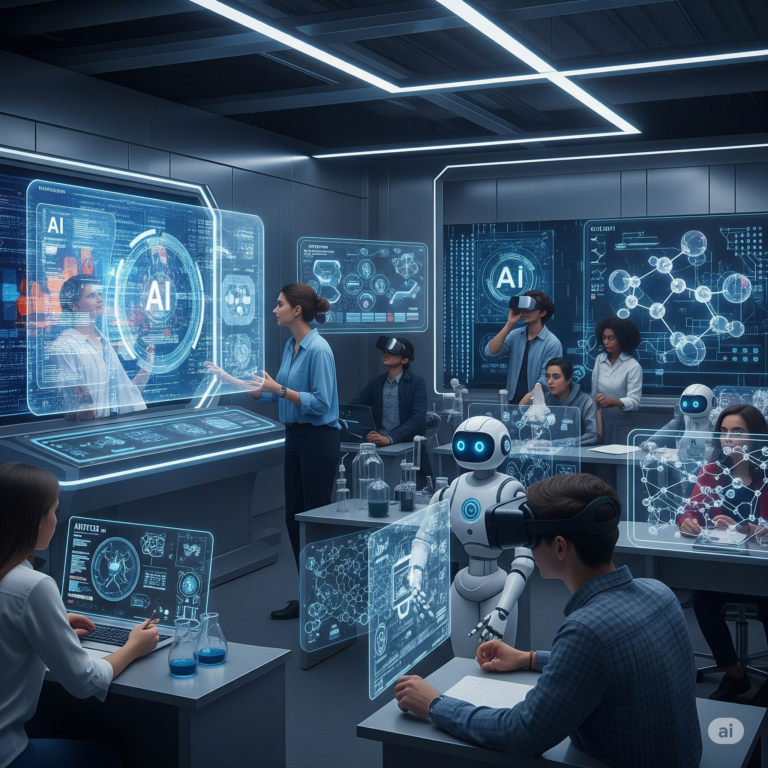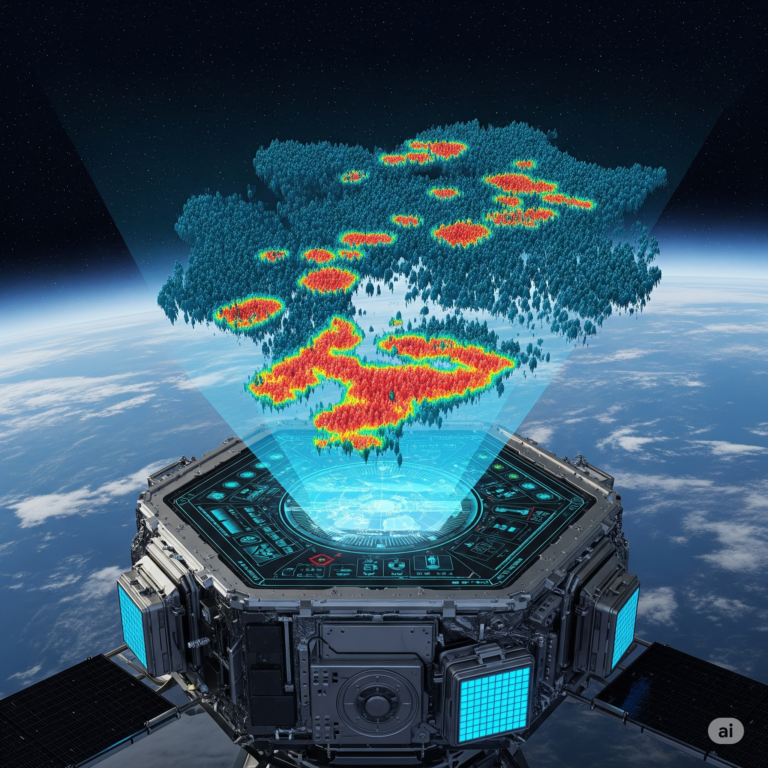In today’s visually-driven world, online shopping has evolved beyond simple keyword searches. Consumers are increasingly drawn to visual experiences, seeking inspiration and discovering products through images. This shift in consumer behavior has paved the way for a new era of online shopping, powered by AI-driven visual search. This technology allows users to find products by simply uploading an image or taking a photo, revolutionizing the way we shop and browse online.
How AI Powers Visual Search
At the heart of visual search lies sophisticated AI algorithms that analyze and interpret images. These algorithms leverage techniques such as:
- Computer Vision: This field of AI enables computers to “see” and understand the contents of images, identifying objects, shapes, colors, and textures.
- Deep Learning: Deep learning models, particularly convolutional neural networks (CNNs), excel at image recognition and classification, allowing them to identify patterns and features within images with high accuracy.
- Image Matching: Algorithms compare the uploaded image with a vast database of product images, identifying similar products based on visual attributes.
- Object Detection and Recognition: AI algorithms can detect and recognize specific objects within an image, such as clothing items, furniture, or even architectural elements.
Benefits of AI-Driven Visual Search
- Enhanced Shopping Experience: Visual search provides a more intuitive and engaging shopping experience, allowing users to find products based on visual cues rather than relying solely on text-based descriptions.
- Improved Product Discovery: Users can easily discover products they may not have known existed by simply uploading an image of a similar item or style.
- Increased Customer Satisfaction: By providing a more personalized and efficient shopping experience, visual search can lead to increased customer satisfaction and loyalty.
- Boosting Sales and Conversions: Visual search can help users find products more quickly and easily, leading to higher conversion rates and increased sales.
- Competitive Advantage: Businesses that leverage AI-driven visual search can gain a competitive edge by offering a unique and innovative shopping experience.
Applications of AI-Driven Visual Search
- Fashion: Visual search is particularly popular in the fashion industry, allowing users to find clothing items, shoes, accessories, and even specific patterns or colors by uploading an image or taking a photo.
- Home Decor: Users can find furniture, decor items, and home furnishings by uploading images of items they like or taking photos of their existing decor.
- Product Identification: Consumers can identify products they encounter in real life by taking a photo and using visual search to find similar products online.
- Reverse Image Search: Users can upload an image to identify its source, find similar images, and even detect copyright infringement.
- Personalized Recommendations: Visual search can be used to provide personalized product recommendations based on user preferences and visual interests.
Challenges and Considerations
- Image Quality: The accuracy of visual search results depends heavily on the quality of the uploaded image. Low-resolution or blurry images can lead to inaccurate results.
- Data Bias: AI models are trained on datasets, and if these datasets are biased, the search results may also reflect those biases.
- Privacy Concerns: Users may have privacy concerns about uploading images and sharing visual data with online retailers.
- Integration Challenges: Integrating visual search technology into existing e-commerce platforms can be complex and may require significant technical expertise.
The Future of AI-Driven Visual Search
The future of AI-driven visual search holds immense potential. As AI technology continues to evolve, we can expect to see even more sophisticated and accurate visual search capabilities. The integration of augmented reality (AR) and virtual reality (VR) will further enhance the shopping experience, allowing users to virtually try on clothes, visualize furniture in their homes, and experience products in a more immersive way.
Conclusion
AI-driven visual search is transforming the way we shop online, offering a more intuitive, engaging, and personalized experience. By leveraging the power of AI, businesses can create innovative shopping experiences, enhance customer satisfaction, and gain a competitive edge in the ever-evolving world of e-commerce.
Frequently Asked Questions (FAQs)
- What is AI-driven visual search?
- AI-driven visual search allows users to find products by uploading an image or taking a photo.
- How does AI power visual search?
- AI algorithms use computer vision, deep learning, and image matching to analyze and interpret images.
- What are the benefits of using AI-driven visual search?
- Enhanced shopping experience, improved product discovery, increased customer satisfaction, boosted sales, and competitive advantage.
- How is AI-driven visual search used in the fashion industry?
- Users can find clothing, shoes, and accessories by uploading images of similar items.
- What are the challenges of AI-driven visual search?
- Image quality, data bias, privacy concerns, and integration challenges.
- What is the role of deep learning in visual search?
- Deep learning models, especially CNNs, are crucial for image recognition and classification.
- How can AI-driven visual search improve customer satisfaction?
- By providing a more personalized and efficient shopping experience.
- What are the privacy concerns associated with visual search?
- Users may have concerns about sharing visual data with online retailers.
- How can businesses leverage AI-driven visual search?
- By integrating visual search capabilities into their e-commerce platforms and creating unique shopping experiences.
- What is the future of AI-driven visual search?
- The future holds even more sophisticated and immersive visual search experiences, integrated with AR/VR technologies.
- How does AI-driven visual search compare to traditional text-based search?
- Visual search offers a more intuitive and engaging alternative to traditional text-based search.
- What are some examples of companies using AI-driven visual search?
- Many e-commerce platforms, including Google Lens, Pinterest, and Amazon, offer visual search capabilities.
- How can businesses address privacy concerns related to visual search?
- By implementing strong data security measures and being transparent about how user data is collected and used.
- What are the ethical considerations related to AI-driven visual search?
- Ensuring fairness, accuracy, and transparency in the use of AI algorithms and addressing potential biases.
- How can AI-driven visual search contribute to a more personalized shopping experience?
- By providing tailored product recommendations based on user preferences and visual interests.












+ There are no comments
Add yours